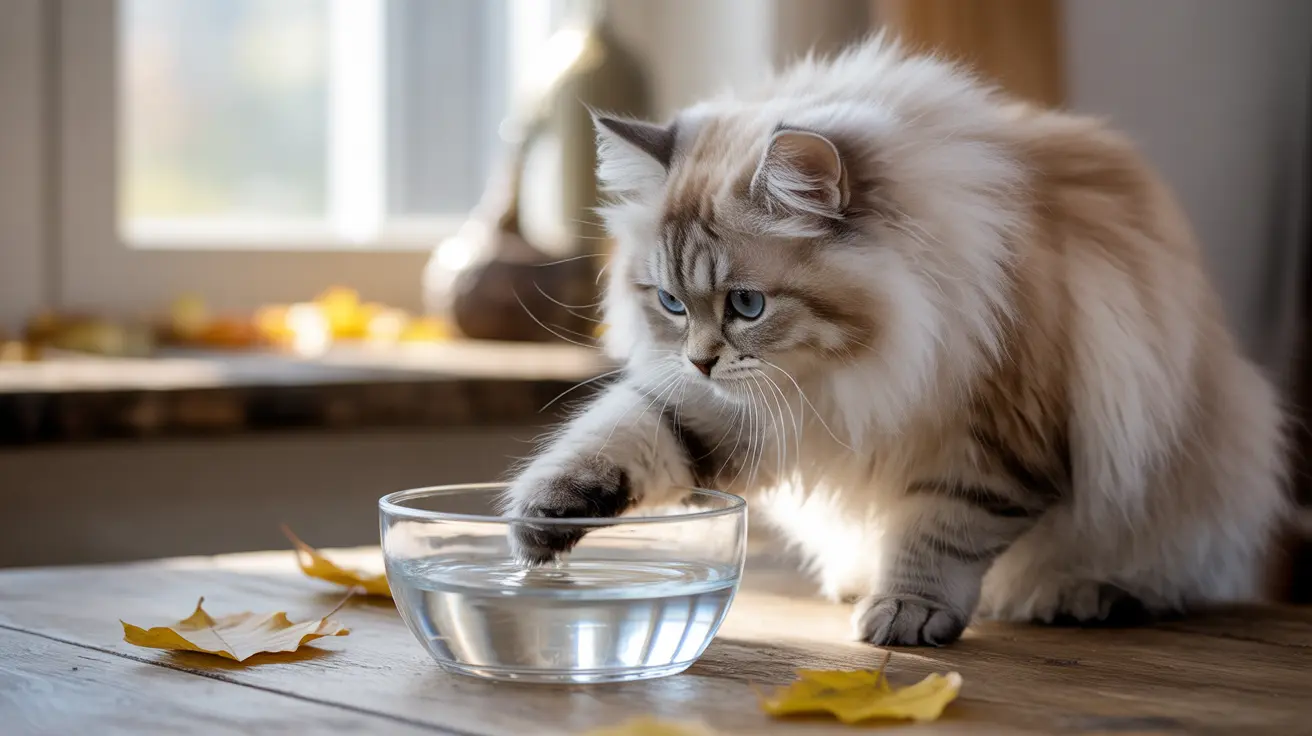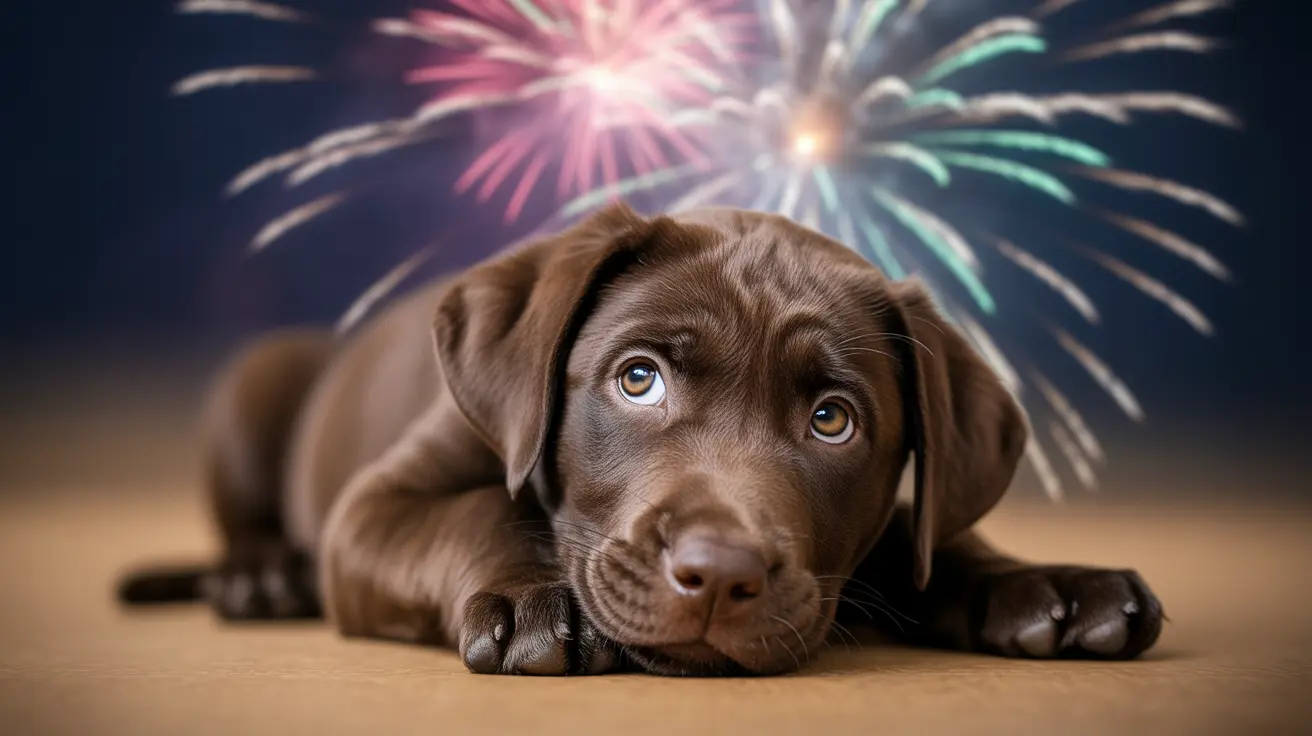The Science Behind Cats' Vision and Water
One of the primary reasons cats use their paws to drink water relates to their unique vision capabilities. Cats are slightly farsighted, making it difficult for them to see still water surfaces clearly when their face is close to the bowl. By touching the water with their paw, they create ripples that make the water's surface more visible and easier to locate.
Additionally, cats' paws contain sensitive nerve endings that help them gauge water temperature, depth, and quality. This tactile approach to drinking provides them with important sensory information before they commit to drinking.
Evolutionary Instincts at Play
In the wild, cats evolved to be wary of still water sources, which could harbor harmful bacteria or parasites. Moving water, such as streams or rivers, typically indicated fresher, safer drinking options. When your cat stirs the water with their paw, they're actually mimicking the movement of natural water sources.
This behavior is so deeply ingrained that many domestic cats still prefer running water, which explains why some are attracted to dripping faucets or pet water fountains.
Bowl Placement and Design Considerations
Sometimes, cats drink with their paws due to discomfort with their water bowl setup. "Whisker fatigue" can occur when their sensitive whiskers repeatedly touch the sides of narrow bowls. Some cats may also avoid bending down too far if the bowl is too deep or positioned in an awkward location.
The material of the bowl can also influence drinking behavior. Plastic bowls may retain odors or flavors that cats find unpleasant, leading them to develop alternative drinking methods.
When Paw Drinking Signals Problems
While paw drinking is usually normal behavior, sudden changes in drinking habits warrant attention. If your cat abruptly starts drinking with their paw when they previously didn't, it could indicate:
- Joint pain making it uncomfortable to bend down
- Vision changes affecting their ability to see the water
- Dental issues making direct drinking uncomfortable
- Stress or anxiety about their environment
Creating an Optimal Drinking Environment
To encourage healthy drinking habits in your cat, consider these tips:
- Place multiple water sources throughout your home
- Use wide, shallow bowls to prevent whisker interference
- Consider investing in a pet water fountain
- Keep water bowls away from food and litter boxes
- Clean and refresh water daily
Frequently Asked Questions
Why do cats use their paw to drink water instead of lapping it directly from the bowl?
Cats may drink with their paws to better see the water's surface, test its safety, or avoid whisker discomfort. This behavior can also be an instinctual preference for moving water inherited from their wild ancestors.
Is paw-dipping before drinking water related to cats' vision or sensory abilities?
Yes, cats' farsighted vision makes it difficult to see still water clearly up close. Using their paw creates ripples that make the water more visible and provides tactile feedback about the water's properties.
How does the instinct to prefer running water explain why cats dip their paws prior to drinking?
Cats instinctively associate moving water with freshness and safety. By dipping their paw, they create movement that mimics natural running water sources, making the water more appealing to drink.
Can changing the type or placement of a water bowl reduce a cat's paw-dipping behavior?
Yes, using wider, shallower bowls and positioning them in quiet, accessible locations can make direct drinking more comfortable for cats. Pet fountains can also satisfy their preference for moving water.
When should I be concerned if my cat suddenly starts dipping its paw in water before drinking?
Sudden changes in drinking behavior should be monitored, especially if accompanied by other changes in behavior or appetite. Consult a veterinarian if you notice dramatic changes, as this could indicate underlying health issues.
Understanding why your cat drinks water with their paw helps you provide better care and ensures they maintain healthy hydration habits. While this behavior might seem unusual to us, it's a natural part of feline behavior that reflects their evolutionary history and unique sensory needs.






